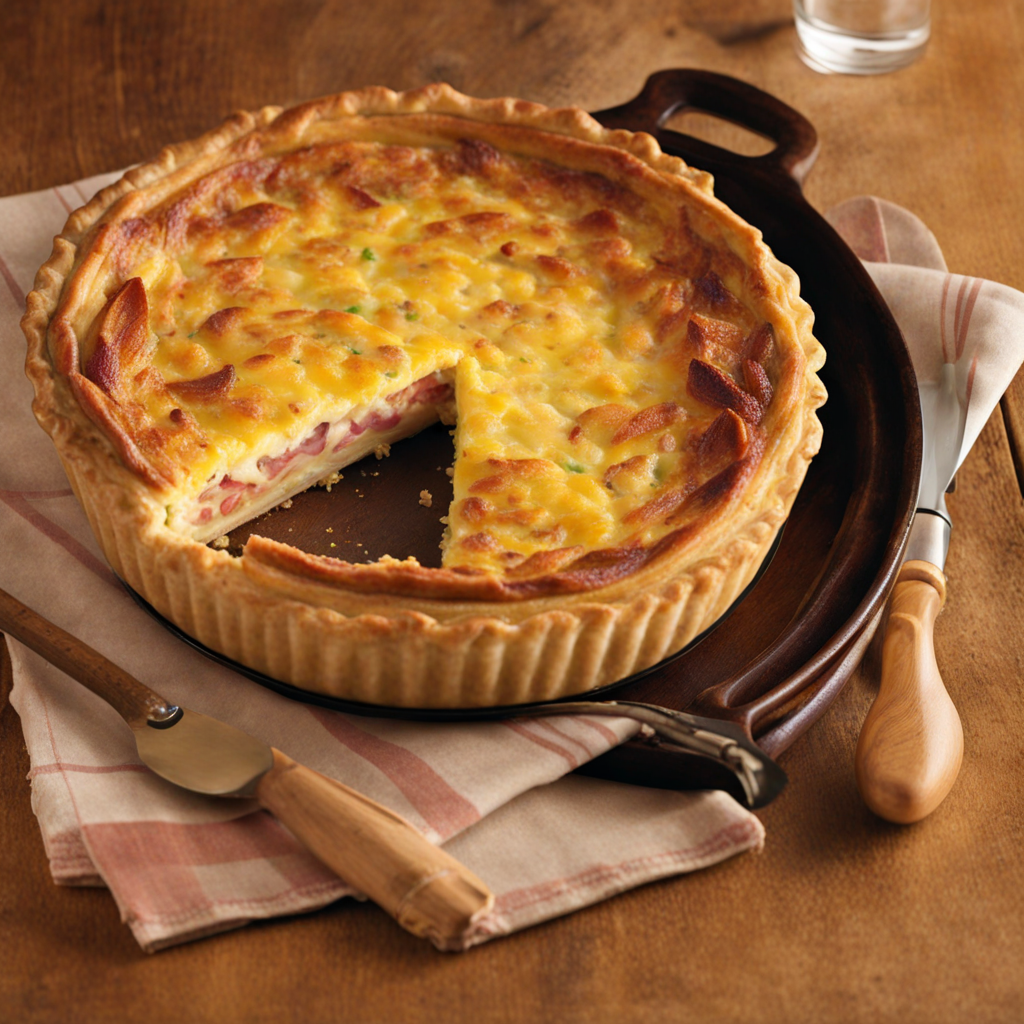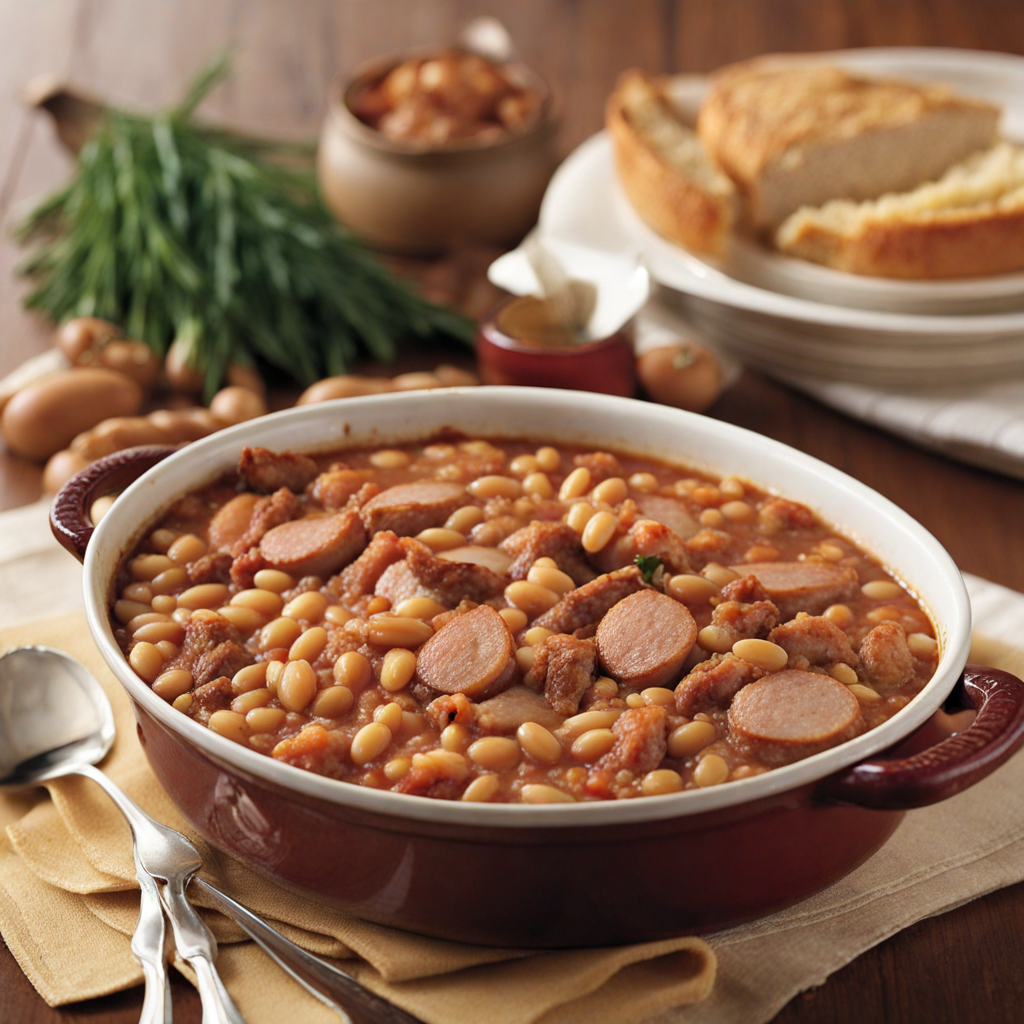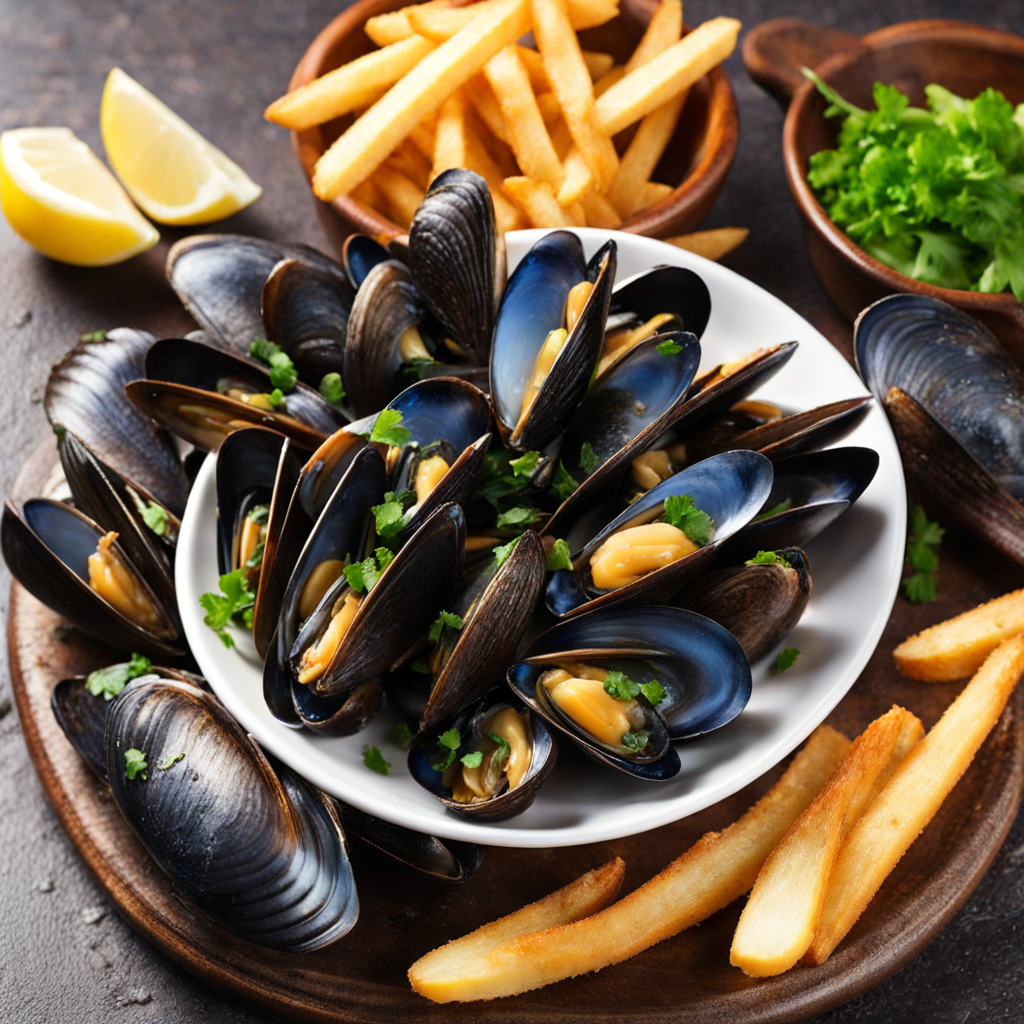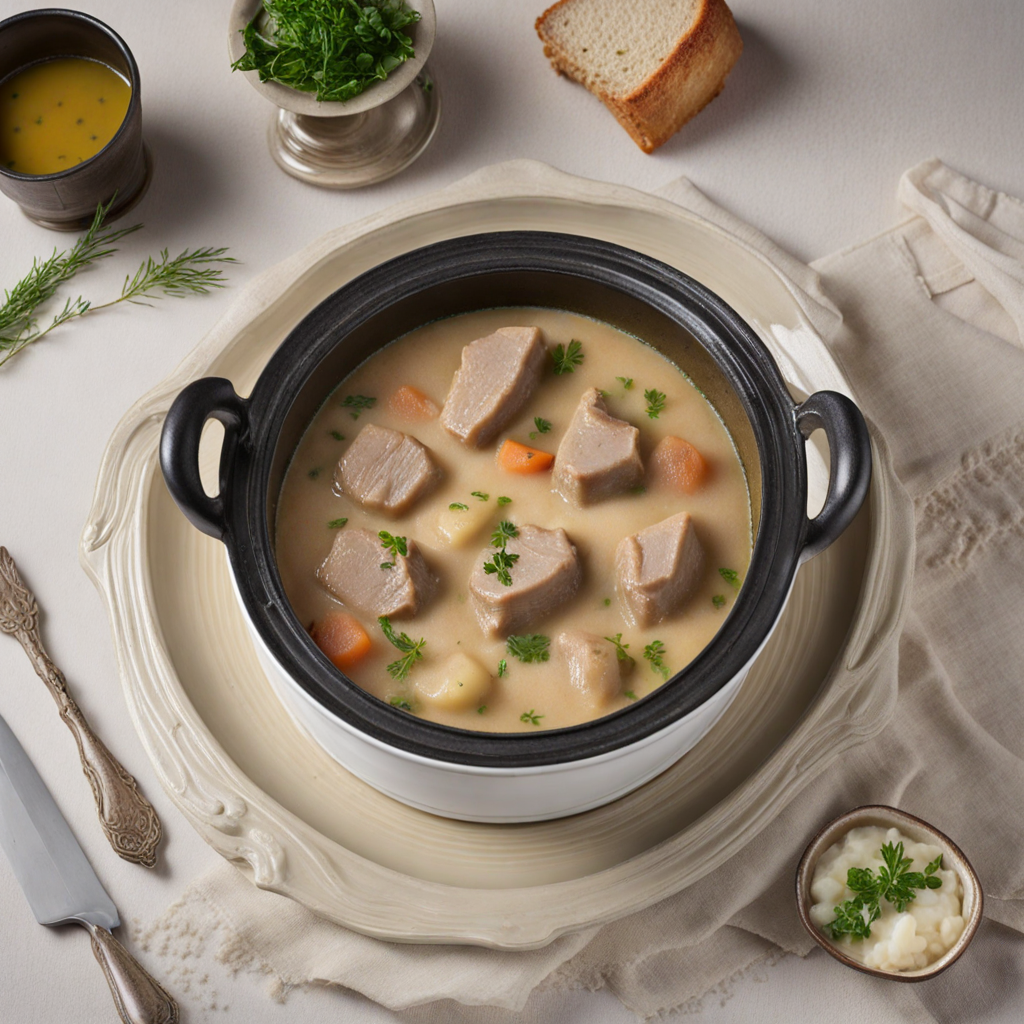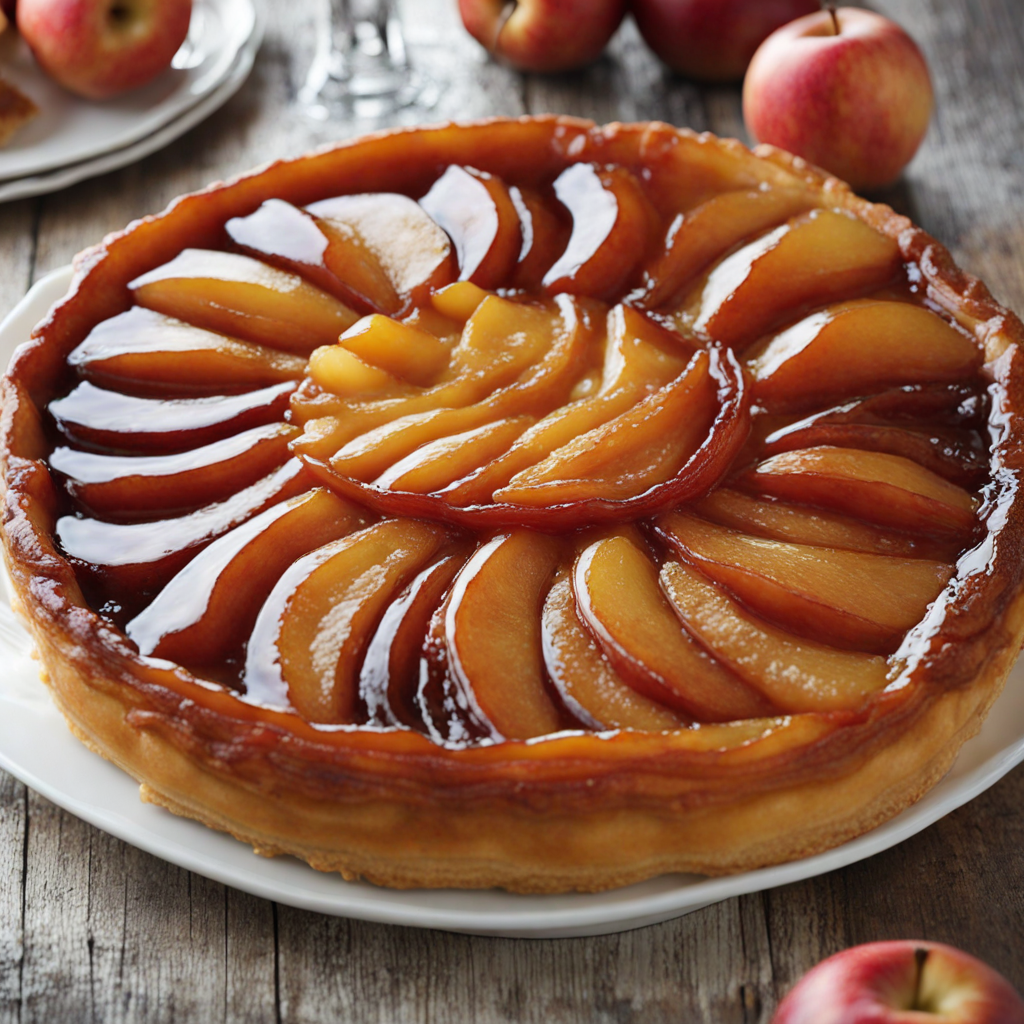Quiche Lorraine
Quiche Lorraine is a classic French dish that hails from the region of Lorraine, known for its rich culinary traditions. This savory tart features a buttery, flaky pastry crust that cradles a creamy filling, making it a delightful choice for both brunch and dinner. The base of the quiche is a mixture of eggs, cream, and milk, which creates a luxurious custard that envelops the other ingredients, ensuring every bite is rich and satisfying. Traditionally, Quiche Lorraine is enhanced with lardons or crispy bacon, adding a salty, smoky depth to the dish. The combination of these flavorful elements with the smooth custard creates a harmonious balance that is both comforting and indulgent. Some variations also include cheese, such as Gruyère, to further elevate the flavor profile, while fresh herbs like chives or thyme can be sprinkled in for an aromatic touch. Served warm or at room temperature, Quiche Lorraine is not only versatile but also visually appealing, with its golden-brown crust and inviting filling. It can be enjoyed alongside a simple green salad for a light meal or as part of a larger spread at gatherings. The delightfully rich flavors and textures make this iconic French dish a must-try for anyone looking to explore new tastes and embrace the essence of French cuisine.
How It Became This Dish
The History of Quiche Lorraine: A Culinary Journey Through Time Quiche Lorraine, a savory custard tart filled with eggs, cream, and lardons, is a dish that has traveled through time and borders, evolving from a regional specialty to an international delicacy. Its roots can be traced back to the medieval period in the northeastern region of France known as Lorraine, where it embodies the culinary traditions of both the French and German influences that have shaped this border region. #### Origins: Medieval Beginnings The origins of Quiche Lorraine can be traced back to the 16th century, with the earliest forms of quiche appearing in Lorraine long before it gained its modern form. The term "quiche" is derived from the German word "kuchen," meaning cake. Initially, the dish was a simple pie made with a bread dough crust filled with a mixture of eggs and cream. It was a practical way to use leftovers, particularly meats and vegetables, making it a staple among the peasant class. The earliest recorded recipe for quiche dates back to the 18th century and involves a simple filling of eggs and cream. However, it was not until the 19th century that the dish began to take on its modern identity. The addition of lardons, or small strips of bacon, became a defining characteristic of the dish, reflecting the region's culinary practices. Lardons brought a rich, smoky flavor that complemented the creamy filling and added a satisfying texture. #### Cultural Significance: A Dish of Place and Identity Quiche Lorraine is not just a dish; it is a cultural artifact that embodies the history and identity of the Lorraine region. Lorraine, located at the crossroads of France and Germany, has a tumultuous history marked by shifting borders and cultural exchanges. The dish symbolizes this blend of French and German culinary traditions, melding the French love of rich, creamy dishes with the German penchant for hearty, meat-laden fare. During the 19th and early 20th centuries, Quiche Lorraine gained popularity as a dish served in local taverns and inns. It became a favorite among locals and travelers alike, often enjoyed as a hearty meal to accompany the region's exquisite wines. Interestingly, the cultural significance of Quiche Lorraine expanded as it became associated with the bourgeois lifestyle in France. The dish found its way into the homes of the middle class and was served at gatherings and celebrations, transforming into a symbol of French culinary sophistication. Its popularity surged in Paris and beyond, with numerous adaptations emerging that incorporated various ingredients, such as mushrooms, vegetables, and different types of cheese. #### Evolution Over Time: From Regional Specialty to Global Icon The 20th century marked a pivotal moment in the evolution of Quiche Lorraine. After World War II, as Europe rebuilt and cultural exchanges intensified, the culinary landscape began to change dramatically. The rise of gastronomy and the appreciation for fine dining led to the quiche's reinvention as a gourmet dish. Renowned chefs and culinary schools began to experiment with traditional recipes, elevating quiche to new culinary heights. In the 1950s and 1960s, quiche found its way into American households, largely through the influence of French cuisine. This period saw a surge in interest in French cooking, influenced by Julia Child and other chefs who popularized French techniques and recipes. The quiche became a staple of American brunch menus and potluck gatherings, often served in a variety of forms, including mini quiches and quiche lorraine variations with additional fillings. By the late 20th century, Quiche Lorraine had become a global phenomenon, appearing in cafés, restaurants, and home kitchens around the world. It was embraced for its versatility, allowing cooks to experiment with different flavors and fillings, making it suitable for a wide range of dietary preferences. Spinach, mushrooms, smoked salmon, and various cheeses became common additions, reflecting regional tastes and trends. #### Modern Interpretations and Sustainability In the 21st century, Quiche Lorraine continues to evolve in response to changing culinary trends and dietary preferences. As the movement toward sustainability and local sourcing gains traction, many chefs and home cooks alike are reimagining the classic dish by using organic, locally sourced ingredients. This focus on sustainability has led to a resurgence of traditional cooking methods and an emphasis on seasonal produce. Gluten-free and plant-based adaptations of Quiche Lorraine have also emerged, catering to the growing demand for inclusive dining options. These modern interpretations often substitute traditional ingredients with alternatives like almond flour crusts or silken tofu fillings, ensuring that the quiche remains accessible to diverse audiences while preserving the essence of the original dish. #### Conclusion: An Enduring Legacy Quiche Lorraine is more than just a dish; it is a testament to the rich culinary heritage of Lorraine and the broader tapestry of French and European cuisine. Its journey from humble medieval origins to a symbol of culinary sophistication reflects the dynamic nature of food, culture, and identity. As we continue to innovate and adapt culinary traditions, Quiche Lorraine stands as a delicious reminder of our shared history and the power of food to bring people together across borders and generations. Today, whether enjoyed in a traditional bistro in Lorraine, a trendy café in Paris, or a cozy kitchen in an American suburb, Quiche Lorraine remains a beloved dish that connects us to the past while inviting us to explore new flavors and possibilities. Its enduring popularity speaks volumes about our appreciation for food that is not only nourishing but also steeped in history and cultural significance.
You may like
Discover local flavors from France



